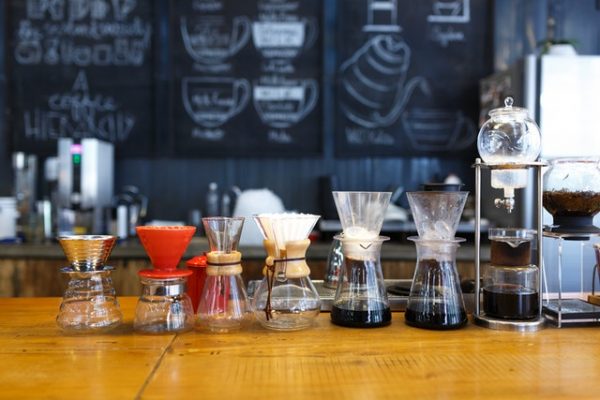
THE ORIGINS OF THE AFTERNOON TEA
Afternoon tea was put into practice in the 1840s when gas lighting was introduced in upper-class British homes. It became possible and fashionable to eat dinner later in the evening. It was customary at this time to have only two meals a day, breakfast and dinner, so an influential aristocrat, the Duchess of Bedford, started having tea with a few light bites at around 4 pm to keep her going until midnight. Dinner.
In time, the Duchess began inviting her friends to have tea with her in her rooms at Woburn Abbey, Bedfordshire. Soon, this boudoir meal for aristocratic ladies became a social custom practised in salons across the country and in the British colonies.
Afternoon tea gave rise to a higher demand for Chinese porcelain tea sets. Therefore, porcelain manufacturing prospered worldwide. In North America, the custom reached its height in the 1950s when Emily Post, an American author, wrote an essay on proper tea etiquette.
Tea is now taken between 2 pm and 5 pm and can replace lunch and dinner. Recent years have seen a resurgence in widespread interest, with hotels, cafes and tea shops around the world offering sweet afternoon teas.
THE ETIQUETTE IN THE TEA
Afternoon tea is so ingrained in British culture that everyone knows what is correct. Among the points of debate is the order of pouring milk (tea into milk or milk into tea), the right way to eat a scone (either to cut it or break it at its natural dividing point, the order in which the cream is spread), and so on.
Traditionally, rich black tea, such as Darjeeling or Assam, is served for afternoon tea. Afternoon tea blends and classic British blends like Earl Gray are also popular. Tea is always offered with the option of adding milk, lemon, and sugar. It is also common to provide a variety of small crustless sandwiches, with cucumber or smoked salmon with cream cheese and scones spread with jam and cream.
Today, places that offer afternoon tea are turning to a more varied tea menu to complement the sweets and cakes on offer. They usually have a good selection of teas from around the world, including Japanese and Chinese greens, oolongs, custom blended teas, and fruit or herbal infusions. It is also common to start an afternoon tea with a glass of champagne. There are many variations on the food served alongside afternoon tea, depending on which part of the world you are in. You could enjoy dim sum, fresh seafood and hors d’oeuvres, macarons, cupcakes and cakes.
What comes first, the milk or the tea?
There are many advantages to putting the milk in the cup of tea first. Cold milk was thought to help reduce the temperature of hot tea and thus protect delicate china cups. But it is much more practical and polite for the host to pour the tea and let the guest add milk or sugar as she likes.

